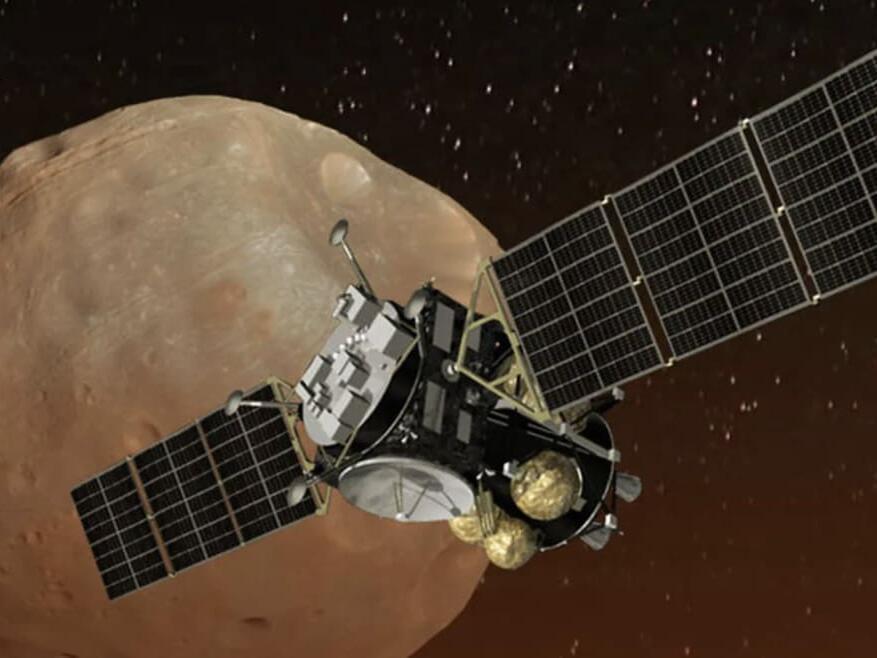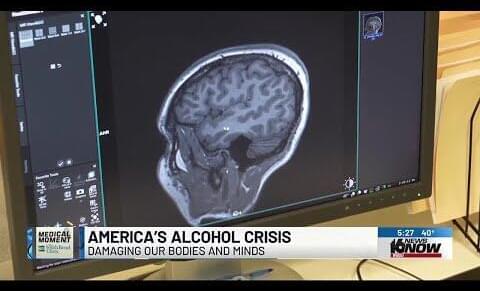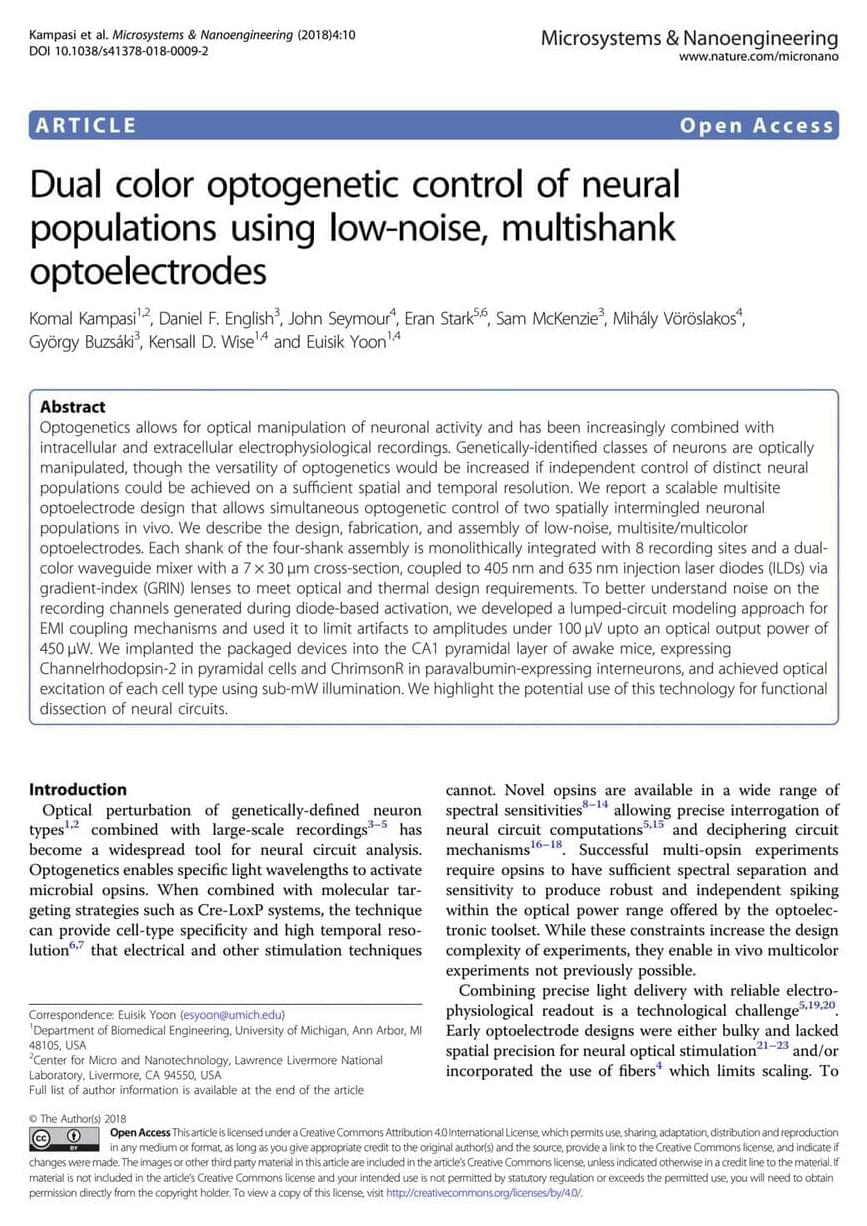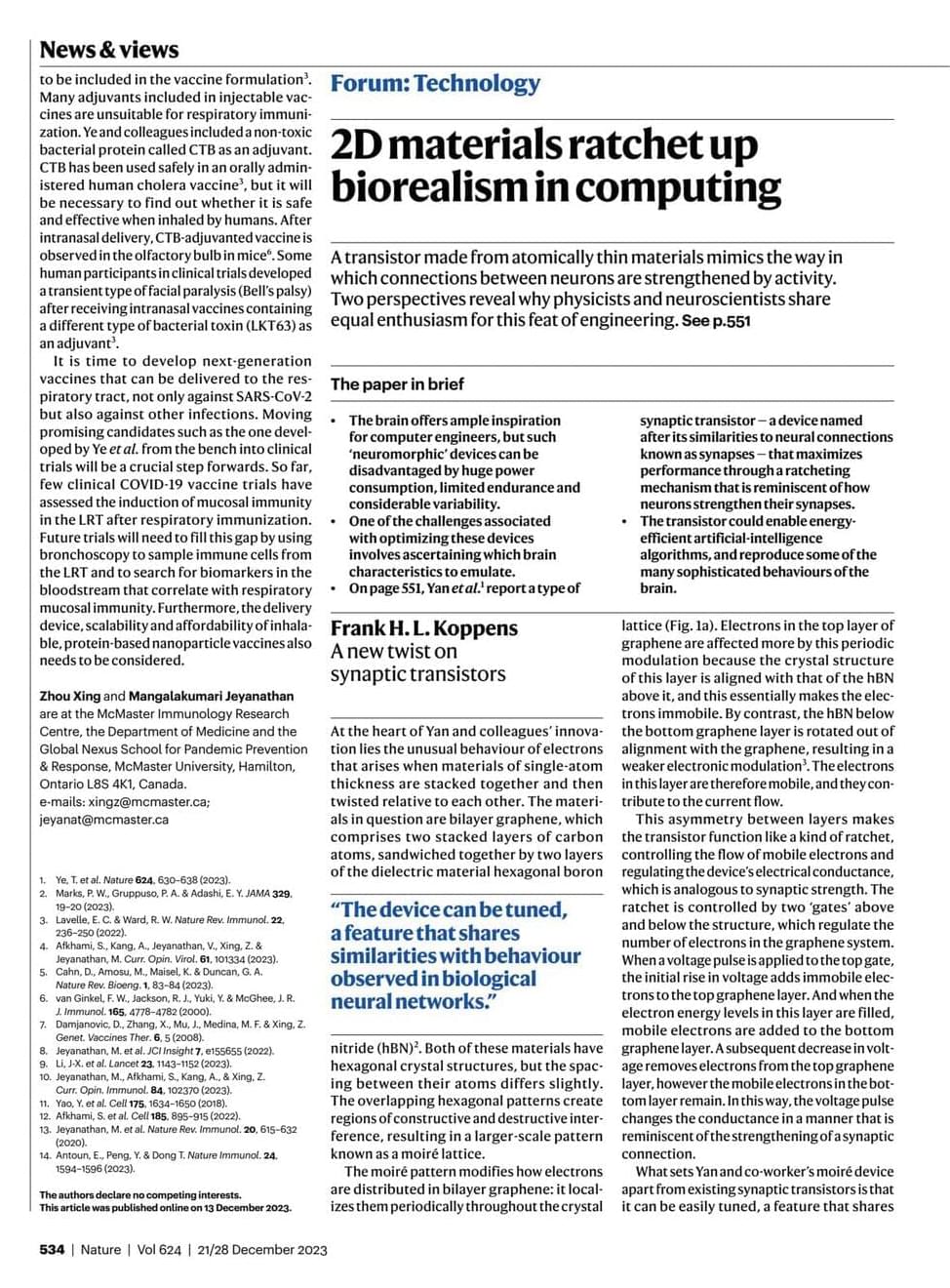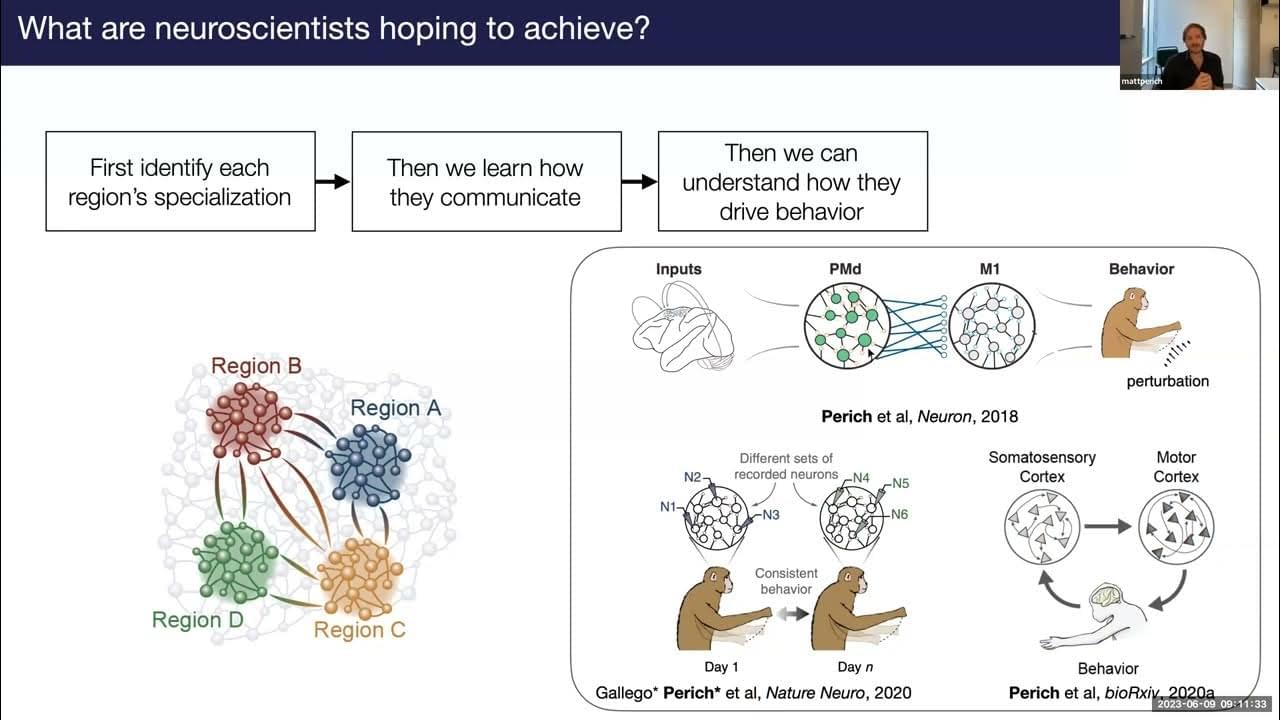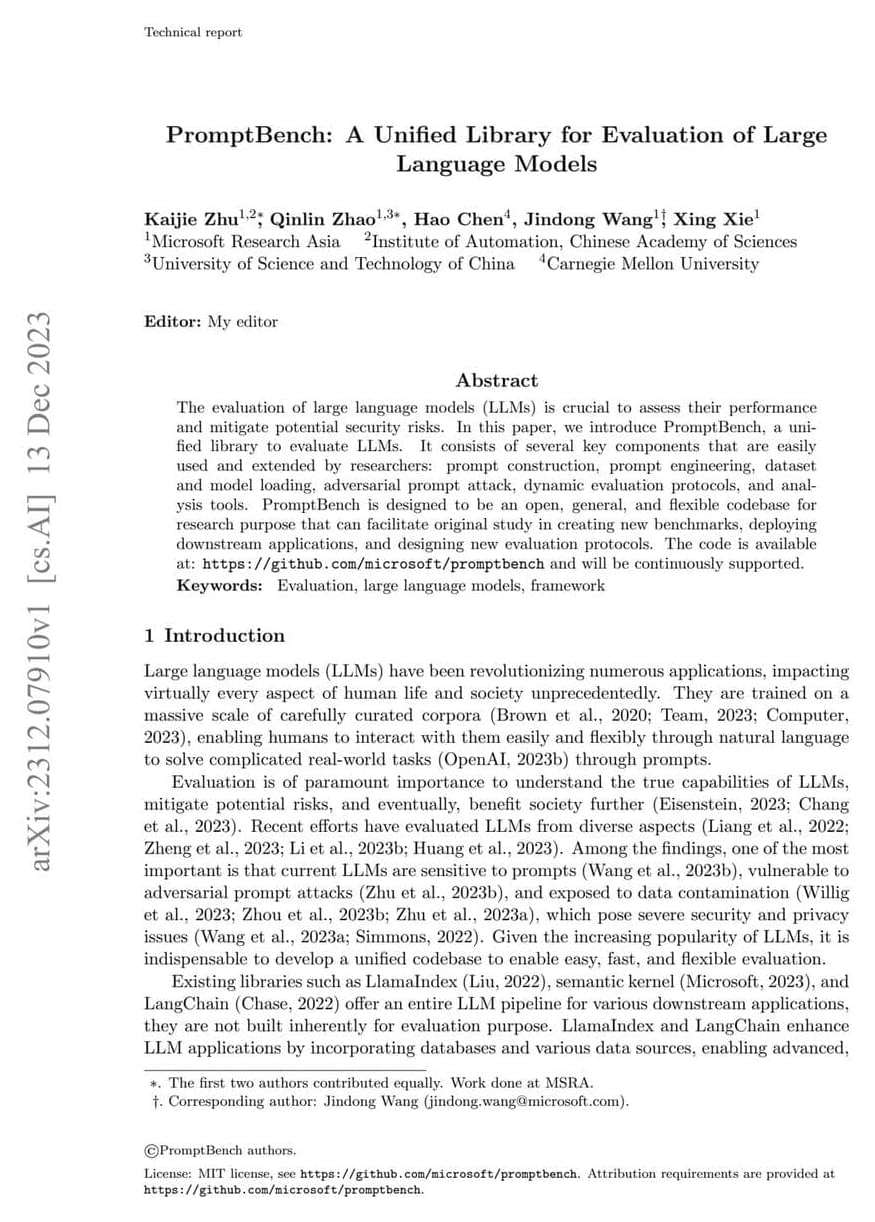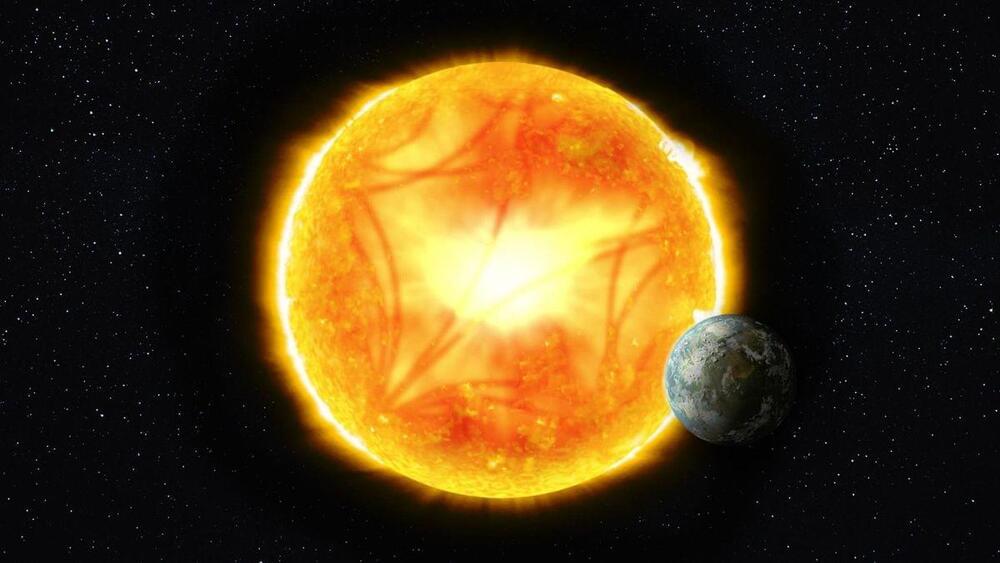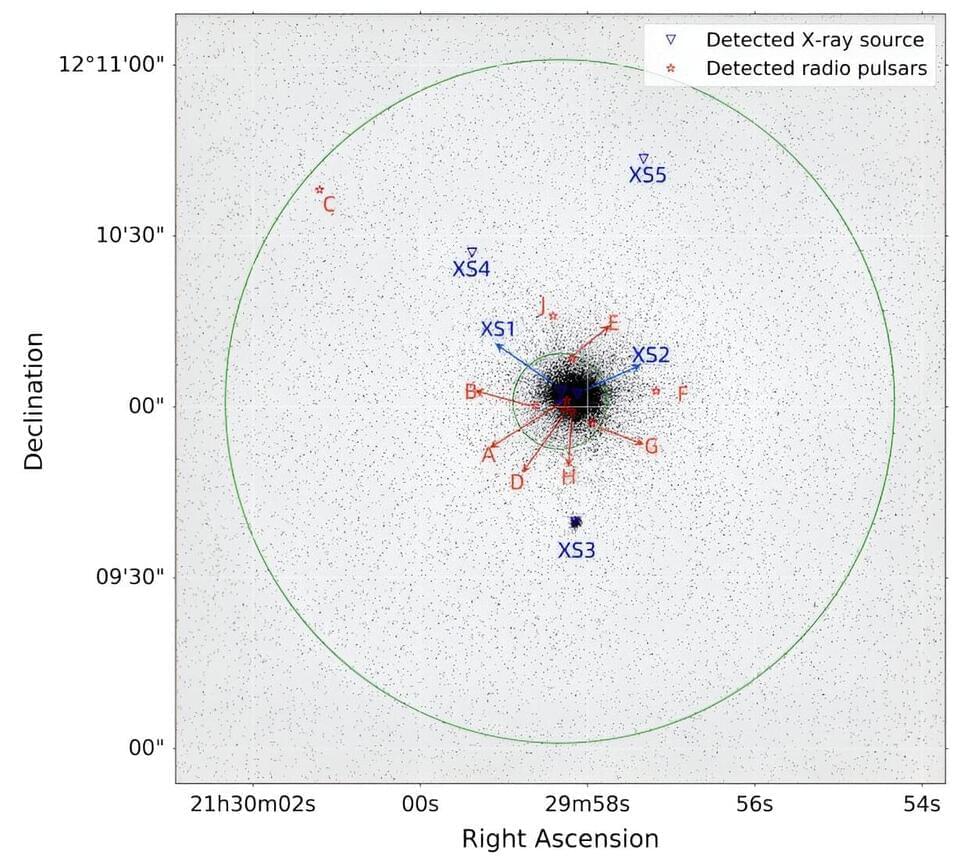The year 2023 proved to be an important one for space missions, with NASA’s OSIRIS-REx mission https://www.pbs.org/newshour/science/watch-live-ancient-aste…JBNopD%24″ rel=“nofollow”> returning a sample from an asteroid and India’s Chandrayaan-3 mission https://www.space.com/chandrayaan-3-moon-temperature-lunar-s…sYef5A%24″ rel=“nofollow”> exploring the lunar south pole, and 2024 is shaping up to be another exciting year for space exploration.
Several new missions under NASA’s https://www.nasa.gov/specials/artemis/__;!!LsXw!R0aklfNlteeO…SEcWZi%24″ rel=“nofollow”> Artemis plan and https://www.nasa.gov/commercial-lunar-payload-services/__;!!…V7gEoS%24″ rel=“nofollow”> Commercial Lunar Payload Services initiative will target the Moon.
The latter half of the year will feature several exciting launches, with the launch of the Martian Moons eXploration mission in September, Europa Clipper and Hera in October and Artemis II and VIPER to the Moon in November—if everything goes as planned.
